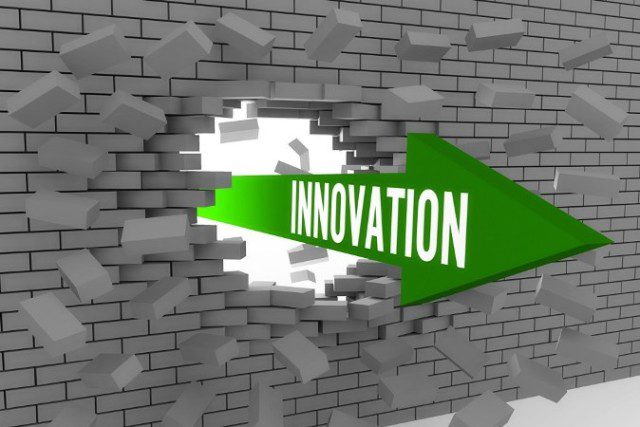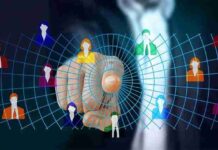Over the years Global HR has seen an exuberant technological innovation, in all directions and dimension, which is more rapid than anyone would have anticipated. We are already talking about ‘Phy-gital’ age and Gen-Z. Our lives are increasingly governed by software and digital interface than humans or human-made interventions. The major challenge for the HR is to be ready for these changes, create a unique employee experience as well as value for the organization.
“Artificial Intelligence (AI), Machine Learning (ML), Data Analytics, social media tools, automation, SaaS (Software as a Service) etc., have streamed into every business function and HR is no exception”
It is not out of place to say that there has been a massive 360 degree turnaround in engagement practices, operating organizational models and ways to connect with employees whether to address their concerns or to build their capabilities.
The cycle of innovation has helped HR to be more agile, strengthen its role to drive transformation by creating drastic improvements in systems, processes with reduced timelines. Nevertheless, some quiet challenges have seeped in, which if not managed, will create a road block to fully leverage the innovative technology. Some of them are:
Array of Software and Digital Interface:
With the market flooding with n-number of sophisticated software solutions, every tool comes with its own challenges in terms of installation, bandwidth, hardware-software issues, ease of adoption and cost. Moreover, huge and complex database will have challenge of integration, storage platform, data curation, visualization, synchronization etc. Choosing a cost effective, user-friendly and sustainable software solution is a major challenge.
Shift in Job Roles:
A major shift from traditionally operated people interface to strategic roles, automation of routine processes has resulted in reduction of front line jobs. Everything is becoming less labor intensive and more computing/data driven. It is cost effective to outsource routine functions and reserve a handful of core HR functions to partner with business real time. So there is a huge talent in the market which may become redundant with the current skills.
Skill-sets to Keep Pace with the Changing Trends:
The magnitude of this challenge is two-fold – one is to find skilled external talent and the other is training internal talent to update their skills. Scouting for skilled professionals or training employees due to ever changing technology, all the while developing mindsets and ensuring communities accept innovative is not as easy as it is perceived.
Too Much Automation:
For instance, AI, Data Analytics, Chatbots and other kinds of automation, either for hiring talent or connecting with employees are being extensively used. In all this, crucial aspect of human interface, a pragmatic personal approach or ‘P-Touch’ is somewhere getting missed, which actually is the key to create a lasting impression.
End-user Apprehension:
With every change in digital tool or process, there is feeling of anxiety amongst the end-users. Whether it is introducing a new tool or even upgrading the existing one, the very thought of going through the learning process all over again is enough to create panic as they are made to constantly move from their comfort zone.
Remote Working:
Thanks to technology, there are more ways to complete a task than being physically present in the workplace. Monitoring presence and performance, creating visibility, ensuring there is no overlap of professional and personal boundaries will be an ongoing challenge for HR.
Social Media:
With various social media platforms to connect, both internal and external, cloud based HR tools, the challenge is to have those critical checks and balances on the content shared and privacy of data that does not compromise the image of the organization.
Engagement and Retaining Talent:
With the onset of Gig Economy, globalization, temporary/short term or fractional engagements, people would be free to work for multiple organizations. None of these require full time engagement or loyalty towards one organization. Millennial workforce or Gen-Z is highly ambitious, has shorter attention span and constantly looking for better opportunities. The challenge for HR is to keep them engaged, create platforms to leverage and retain their creative freedom and allow their aspirations to be fulfilled.
Culture:
One of the herculean tasks for HR is to amalgamate people and technology across generations of workforce; create acceptability for the changing trends; push for speed; not just in the current scenario but something that sustains over a period of time, all the while curtail the resisting forces.
To stay competitive, organizations need to innovate and it is the responsibility of HR to create an environment that is amicable to change. Employees need to believe that innovation is convenient and not difficult. A few things that will help HR manage these challenges:
- Choosing the right fit and customize: Most of the software solutions that compile and consolidate scattered data should generate meaningful reports otherwise the so-called-innovative tool will remain a white elephant. One size does not fit all, so certain things need to be tweaked and customized depending on the need, type of industry, media platforms, available talent, culture etc.
- Communicate frequently: HR has to be the voice of technology transformation. Unveiling all aspects of change will create supportive environment and prepare everyone for the efforts needed to deal with the change.
- Shift from operations to strategy: Transition from a traditional approach to a strategic one is needed to understand internal concerns and external competition as well as partner with the business to attain the vision of the organization.
- Continuous learning to build competencies for future: A sense of acceptance to the change comes when there is comfort to work on the newer platforms. Constant upskilling and reskilling is crucial to build competencies to manage the current trend and to be future ready. Creating various learning platforms help employees to learn, feel motivated and reinforce the value in shifting from age old traditional models to the updated ones.
- Innovative Engaging practices: This is not an HR initiative but a business strategy. Hence, using different models, measures and tools for engagement and retention relevant in the current scenario and changing work dynamics is required.
Innovations will only keep spanning across organizations and societies. The ultimate challenge for HR is to be aware of the future landscape, realize what is relevant for the organization, acquire as per need, partner with the business and empower employees for sustainable success.









